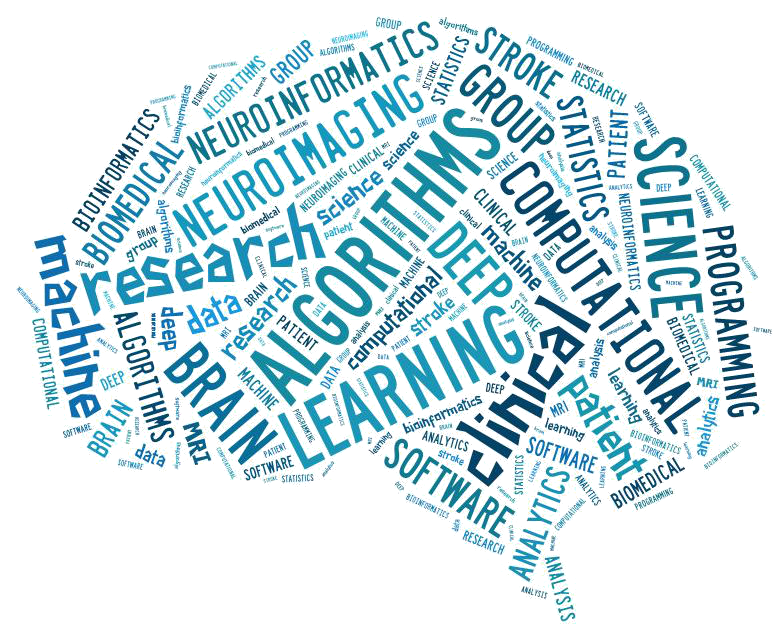Date Published:
2015 Dec 15Abstract:
BACKGROUND: Spatial and temporal changes in brain tissue after acute ischemic stroke are still poorly understood. Aims of this study were three-fold: (1) to determine unique temporal magnetic resonance imaging (MRI) patterns at the acute, subacute and chronic stages after stroke in macaques by combining quantitative T2 and diffusion MRI indices into MRI 'tissue signatures', (2) to evaluate temporal differences in these signatures between transient (n = 2) and permanent (n = 2) middle cerebral artery occlusion, and (3) to correlate histopathology findings in the chronic stroke period to the acute and subacute MRI derived tissue signatures.
RESULTS: An improved iterative self-organizing data analysis algorithm was used to combine T2, apparent diffusion coefficient (ADC), and fractional anisotropy (FA) maps across seven successive timepoints (1, 2, 3, 24, 72, 144, 240 h) which revealed five temporal MRI signatures, that were different from the normal tissue pattern (P < 0.001). The distribution of signatures between brains with permanent and transient occlusions varied significantly between groups (P < 0.001). Qualitative comparisons with histopathology revealed that these signatures represented regions with different histopathology. Two signatures identified areas of progressive injury marked by severe necrosis and the presence of gitter cells. Another signature identified less severe but pronounced neuronal and axonal degeneration, while the other signatures depicted tissue remodeling with vascular proliferation and astrogliosis.
CONCLUSION: These exploratory results demonstrate the potential of temporally and spatially combined voxel-based methods to generate tissue signatures that may correlate with distinct histopathological features. The identification of distinct ischemic MRI signatures associated with specific tissue fates may further aid in assessing and monitoring the efficacy of novel pharmaceutical treatments for stroke in a pre-clinical and clinical setting.
